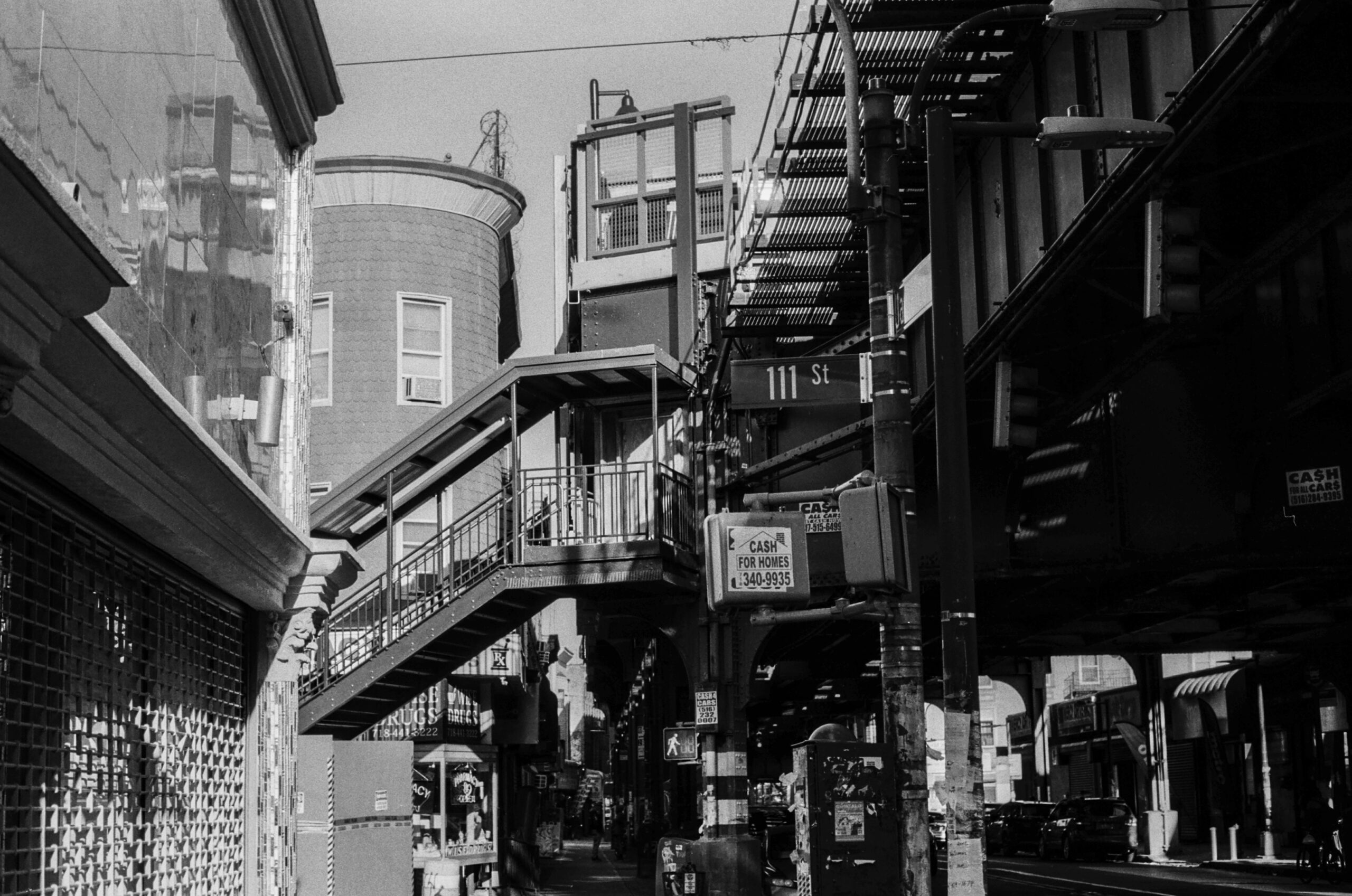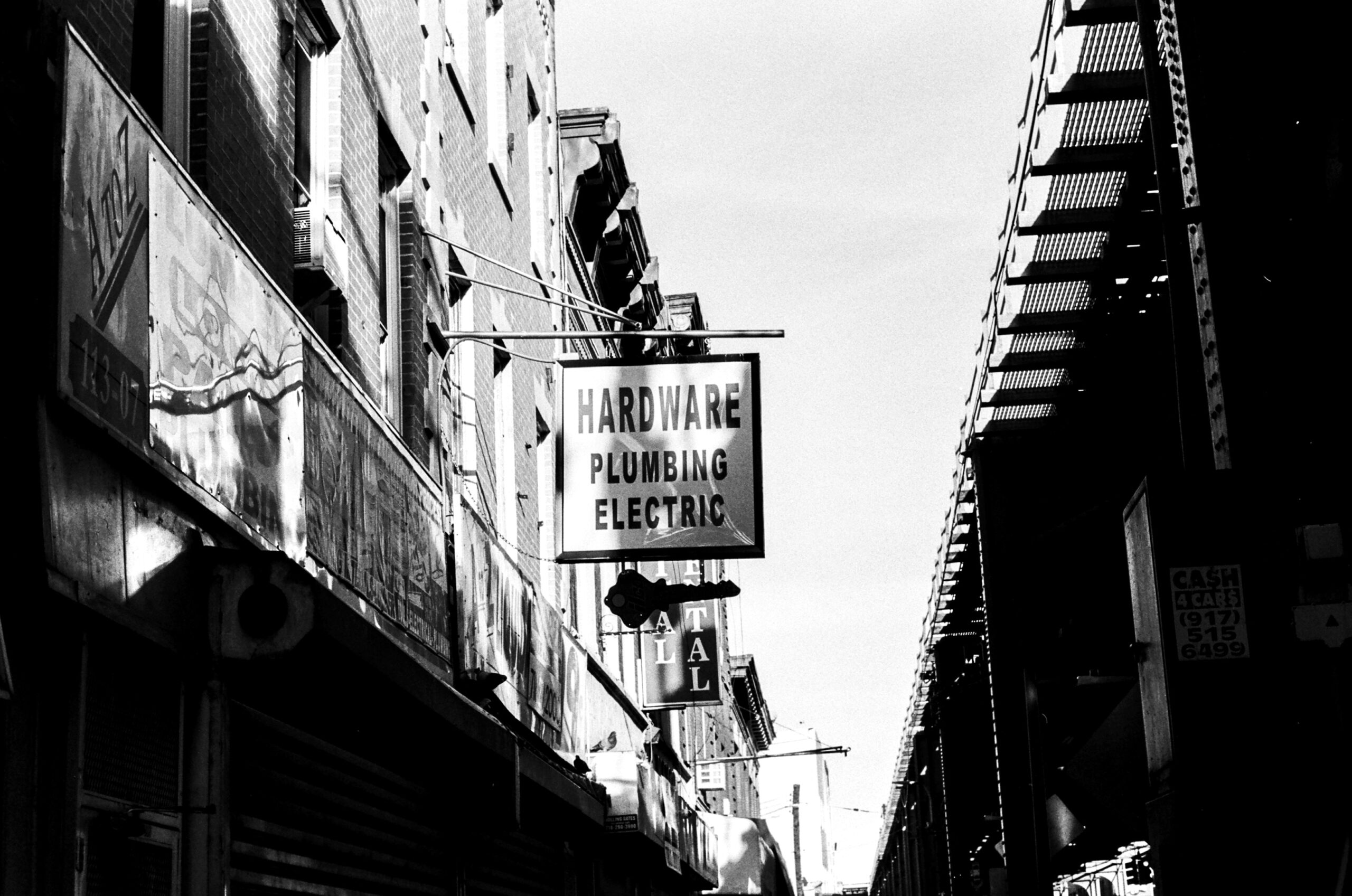The official unemployment rate now stands at 6.7%. But that doesn’t feel right, does it? Unless you live in a gated community, the reality on the ground feels more dire and more destitute. Behind that cheery 6.7% stand millions of uncounted people – uncounted by design.
“’Underemployed’ would be the most accurate, but there’s not really a good definition,” A.K. says, responding to my question of how he would identify his employment status. “As a freelancer, we’re put aside to kind of fend for ourselves, even before all this.” He’s a freelance cinematographer and the owner of a production company. Now he’s working a part-time minimum wage job and getting production gigs where he can, a prospect that demands he put his health at risk to show up for in-person gigs. “But I have to make money. It’s not worth the hassle of doing the application.”
Besides, he already tried filing for unemployment. “They wrote me back saying that because I’m a freelancer I only made $600 in 2019, and therefore I did not qualify for unemployment,” he says. Although he made many times that amount and had the taxes to prove it, he decided not to go through the lengthy process of challenging the decision. Around the same time, he was approved for a PPP loan based on two months of his 2019 income. Between that and a $1,000 small business microgrant from the city of DC, he was able to scrape by for a bit.
Tiffany Bibuld, a bartender in Brooklyn, is in a similar boat, scraping along the rocks. “I’m currently getting $491 net a week, which is the most you can receive on unemployment,” Tiffany explains. It might be the ceiling on the paltry payouts, but it’s what she used to pull in on an average night. “$500 a week in New York is nothing,” she adds. Even still, she’s not eager to go back to work. “I miss being behind a bar. I miss bartending,” she says, pausing and shaking her head. “But I get a knot in my chest at the thought of having to work right now.”
The pandemic added a harsh life-or-death lens to work like Tiffany’s and as she says with a sigh and a laugh, “it’s a very self-selecting population that comes out to eat or drink right now – and it’s not very savory people as it turns out.” People that refuse to tip, people who complain about their martini coming in a plastic cup rather than a glass, people who report the bar for violating social distancing rules after they were thrown out for violating social distancing rules. “I wish my biggest problem was that my martini came in a plastic cup,” she says, shaking her head.

Photo | Tiffany Bibuld
One of those bigger problems is what happens if she gets a job offer from a place she knows is unsafe, unjust, or both. “Let’s say there’s someone who you know engages in wage theft and employs unsafe workplace practices, but they offer you a job. You have to take it,” she says. “Otherwise you can’t stay on unemployment.”
There’s also the issue of employers denying unemployment benefits for those who leave those kinds of situations. Let’s say you quit your job because of unsafe working conditions, conditions that don’t allow for social distancing, or sanitized workspaces (an issue that was recently the catalyst for McDonald’s workers to go on strike in Durham, NC). “If it’s decided that the terms of your unemployment don’t qualify you from the employers’ standpoint, then there’s very little recourse,” Tiffany says. “If you’re a busser or a hostess, you’re not gonna have legal aid to pursue that further.”
Stepping in where the state has failed
In response to this unstable and complex landscape, local and industry-specific mutual aid organizations work to provide information, application assistance, and day-to-day support to the many who fall through the cracks. Make the Road New York and Queens Care Collective are two local New York City organizations that have walked people through how they might access and apply for benefits. They’ve also been raising funds and collecting supplies for folks in the community. Similarly, One Fair Wage has offered cash grants and support to service industry workers regardless of status, a vital service when so many are precluded from unemployment benefits due to their immigration status. Service Workers Coalition does the same, helping folks with utility payments and food delivery as well.
The importance of services like these in times like these can not be overstated. In the first week of January 2021 alone there were 965,000 first-time unemployment claims. The shocking number of new claims is perhaps only eclipsed by the shocking complexity of applying for benefits.
As an example, if you’re curious about your eligibility in Indiana, you’ll find yourself on a page that not only demands you learn a bunch of new terminology like “lag quarter” but that you also get to work on some math: “To meet the minimum eligibility for UI, your total wages during your base period must be equal to at least one and one-half (1.5) multiplied by your wages in the highest quarter of your base period.” For a tipped or free-lance worker with unsteady or sub-minimum wage income, this doesn’t sound especially promising, and indeed it’s not. In true capitalist logic, you can be too poor to qualify for unemployment.
Federal law states that employees have to make a certain amount of non-tipped income in order to qualify for unemployment. In 43 states, it’s legal to pay tipped workers less than minimum wage, and in 15, you can get as little as $2.13 an hour. Back in March of 2020, Congress relaxed the eligibility criteria to supposedly address this issue but as of early August 2020, nearly half of tipped workers who had applied for unemployment insurance (UI) were still waiting for a reply or money or had already been denied outright.
Meanwhile, several state governments are seeking pay-backs of unemployment benefits – claiming they’ve overpaid people. No, really. In Ohio, officials claim that an estimated 160,000 people received overpayments in August and September of 2020. In Texas, the Workforce Commission claims that it overpaid some 185,000 people to the tune of $203 million. In North Carolina, The Charlotte Observer reports that the N.C. Division of Employment Security “identified overpayments to 46,800 people totaling $61.5 million.” It appears that many of those targeted in these cases are freelancers and folks who turned down work due to safety concerns or the need to care for children or other family members – situations the government does not offer support for. Juxtaposing the $6 trillion giveaway to Wall Street last year, one might be tempted to point out that maybe it’s not unemployment benefits that are too generous.
Wages are too low, barriers to so-called benefits (which implies they’re somehow an advantage or a special privilege) are too high, and the entire framework of calculating, reporting and analyzing unemployment numbers is more twisted, opaque and disturbing than a David Lynch film.
There is no unemployment number
Economics Professor, host of “Economic Update” and founder of the media hub Democracy At Work, Richard D. Wolff starts by setting the scene. “There’s a longstanding debate in economics about how to count unemployment,” he says. “Everything about it is a contentious terrain of debate.”
Perhaps the most glaring evidence of this ongoing debate is the fact that there is no unemployment number. There’s the number you see bandied back and forth by pontificating pundits. That’s a number and it’s known as U-3. Its calculations are based on, as the Bureau of Labor Statistics notes “Total unemployed, as a percent of the civilian labor force” or as Investopedia defines it, “the number of people actively seeking a job.” As of December 2020, unemployment according to U-3 calculations was at 6.7%. But that’s not the whole story – not even the half.
U-3 has that sort of sleek simplicity folks like to see on a spreadsheet. It speaks of a capitalist economy precise and streamlined, ruled by logic, equations, graphs with predictable trajectories, and rather dry conversations about supply, demand, and clunky words like “backwardation.” It’s not humane, but it’s not overtly cutthroat. It upholds and protects the tenets of capitalism while suggesting that sure, there are some people that have it a bit rough right now.

Photo | Tiffany Bibuld
Think of it as the baby bear in a group of six (yes, six) unemployment rates released by the BLS every month. U-3 sits in that ‘just right’ area between the overly restrictive U-1 and U-2, and the overly ‘liberal’ U-4, U-5, and U-6.
U-1 for instance only counts people who have been jobless for at least 15 weeks. On the other side of baby bear, U-4 includes the subset of U-3 and adds “discouraged workers” to its calculation. Discouraged workers are defined as those who want to work but have given up the search. For example, Walter, a 59-year-old former philosophy professor, is unemployed and unhoused in Los Angeles. He lost his job and soon realized that no one wanted “an old guy whose only skill was waxing poetic about Plato.” So, he stopped looking for work. U-4 recognizes Walter as unemployed. However, the official U-3 number does not. So, officially, Walter doesn’t count. And he’s not alone. If we hop over to U-6 we see who else is left out of the official calculation.
U-6 is considered by many economists to be the ‘real’ or the ‘true’ unemployment rate and includes discouraged workers like Walter. It also includes the underemployed and those working part-time hours. It includes those who have gone back to school or have become disabled. As of December of 2020, the U-6 number was at 11.7%. Quite a far cry from 6.7%. Still, the story doesn’t end there.
For sale: one Brooklyn Bridge
A recent report by the Economic Policy Institute (EPI) points out that the official number of unemployed is miscounted in the best of years, made far worse in the age of COVID-19. The methodology itself is skewed. Issues such as overlooking individuals more likely to be unemployed than those included in final calculations lead to an official unemployment rate that was off by 1.5 percentage points at the beginning of 2020. That means 2.7 million unemployed people were “misclassified as not in the labor force” even before the pandemic hit. And that’s a conservative estimate. The wonky nature of that skewed methodology that produces skewed numbers means that it’s hard to get a real number and therefore a real handle on how bad things really are. And this is no accident. As Professor Wolff put it, “There is literally no aspect of this subject that isn’t loaded with people’s ideological agendas. It’s built into the numbers. It’s built into the way that those numbers are interpreted. Both the numbers and their interpretation are highly contestable.”

Photo | Tiffany Bibuld
For instance, by its own admission, the BLS misclassified 4.9 million people as “employed, not at work” in May 2020 rather than classifying them as “unemployed, temporary layoff.” Whoops. In the same report, the BLS promises to “continue to investigate the reasons why the misclassification error persists.” If they found out why, they didn’t manage to fix it because in December 2020, the BLS once again misclassified 1 million people as “employed, not at work.” While the BLS is willing to admit their math skills are subpar, they’re unwilling to officially correct those numbers. Back in June when the May miscount threatened to expose a 20% unemployment rate, the government’s official response was that “the government doesn’t correct its survey results for fear of the appearance of political manipulation.” So I guess it’s not political manipulation to have officially and admittedly wrong numbers dictate policy?? It is, of course. But again, the morass of unemployment calculations are known, even by pro-capitalist economists, to be unreliable.
In the recent EPI report, Senior Economist and Director of Policy Heidi Shierholz adds up the numbers of miscalculated, unemployed and underemployed workers (some 7.5 million in December alone) during the pandemic, and comes to 26.8 million. That’s 15.8% of the workforce. That’s a far cry from both 6.7% and 11.7%. So, can we go with that number? Is that the number that should steer policy? Not so fast.
When I asked Professor Wolff about how to legitimately count unemployment, he took me to the doctor. Metaphorically. Let’s say you’re not feeling well, you’re not sure what it is so you go to the doctor. He walks in, sticks a thermometer in your mouth and says everything looks fine. That’s a shitty doctor.
“There’s no shortcut,” Wolff says. “You have to look at how the numbers have been collected, the definitions of what the unemployment rate is. You have to look closely at things like part-time and full-time, the labor force participation rate, the aggregate and disaggregate.”
For instance, you may have heard that the economy lost 140,000 jobs in December. What may have flown under the radar is the fact that men actually gained 16,000 jobs, while women lost 156,000. 154,000 of those were black women. This is vital information. In a nation so sharply cut along race and gender lines, you can’t have a legitimate conversation about policy without considering these facts. Not to mention the facts as to why these women lost their jobs: because they had to care for children? Because they got sick? Because their workplaces closed? We can’t talk about policy without considering these questions.
“The person who writes glibly that we have an unemployment rate of x so therefore we should do y – this is a person selling you a major interest in the Brooklyn Bridge,” Wolff explains.
And while some may have the cash to buy bridges (looking at you martini glass aficionado), most of us are too busy trying to navigate the murky, shifting waters of this deeply flawed system. What’s important to know as we paddle is that this is by design: our skewed policy is based on skewed numbers based on skewed methodology based on skewed interests. Official unemployment numbers aren’t even officially correct according to the people who calculate them. Looking deeper with a broader gaze, not only can we consider the uncounted and disaggregated, but we consider the very system itself – the crater of capitalism that can not be remade for us, but must be removed by us.
Feature photo | © Tiffany Bibuld
Eleanor Goldfield is a creative radical, journalist, and filmmaker. Her work focuses on radical and censored issues via photo, video, and written journalism, as well as artistic mediums including music, poetry, and visual art. She is the host of the podcast, Act Out, co-host of the podcast Common Censored along with Lee Camp, and co-host of the podcast Silver Threads along with Carla Bergman. Her award-winning documentary film, “Hard Road Of Hope” is about West Virginia as both resource colony and radical inspiration. She also assists in frontline action organizing and training. See more of Eleanor’s work @ ArtKillingApathy.com | HardRoadofHope.com
The post Don’t Be Fooled: The Official Unemployment Numbers Are a Lie appeared first on MintPress News.
